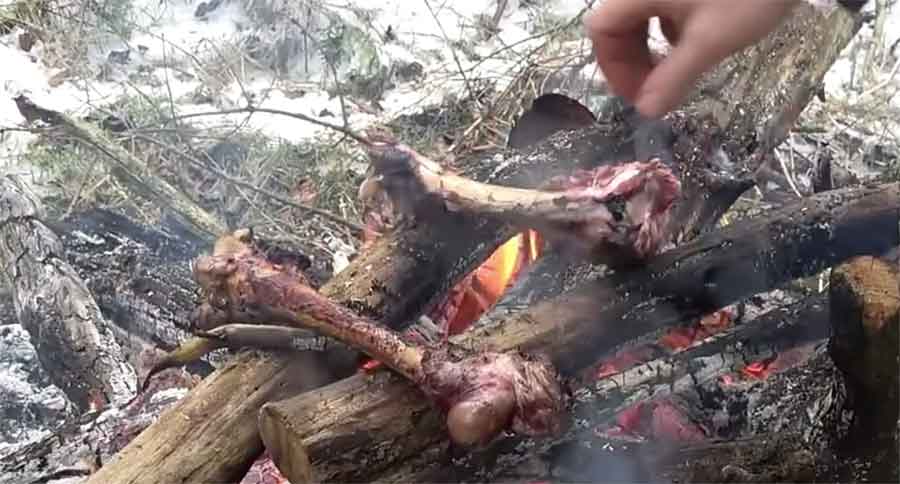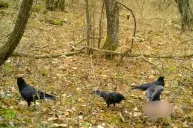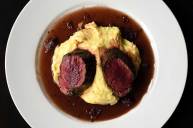Could deer bone marrow keep you alive? You'll never know until you try it.
We never tire of learning the natural ways of the woodsman, allowing us a glimpse of how difficult life was for the original settlers.
Not only will you get to see how to make full use of deer bone marrow, but this video offers a tutorial on how to make a bow drill to start your own fire.
While many of us take to every part of the deer that we harvest, including the organs, not many of us have tried to cook and eat the bone marrow, a nutritious part of the animal that could keep you alive in a survival situation.
The thing is, roasting game animal bones for their complex and nutritious inner parts has long been a method for many humans to survive and make full use of the creatures they hunt. When you don't know when you may have a successful hunt again, these are the types of practices you learn.
Remember, you shouldn't take marrow from a found dead animal, but only from one that you have freshly harvested. Here's how to do it:
Paleo Leap says, "Bone marrow is a prized and creamy food that we find in the middle of long bones like the femur or the humerus. ... The most popular animal for its marrow is beef because of the big size of its bones, but if you have access to wild game meat like deer, elk or caribou, they're also excellent choices."
Bone marrow is a good source of protein, quality fats, and as anyone who has watched grandma in the kitchen will attest, makes all the difference in a pot of soup.
As stated, a hunter would be much safer to try the marrow from a harvested deer, rather than to take it from an animal that was randomly found, especially in warmer weather. The bone in the video seemed to be found during winter, and we're going to assume it was frozen and preserved well enough to eat.
Having said that, several U.S. states allow for the gathering of road-killed animals! Bottom line, if you're unsure about the quality of the meat, you shouldn't take a chance with the bone marrow.
And as far as the bow drill goes, who hasn't wanted to try their hand at this? To review, the Wooded Beardsman prefers dead cedar for its dryness and stability, using only the tree trunk to make the drill from. A point is necessary to give the drill the most friction and therefore the best chance to start a spark.
Birch and cedar bark are his choices for the tinder, with dry grass used as a flash starter to really get things going. Having a supply of dead and dry branches at the ready can make the fire catch and continue burning.
The Wooded Beardsman offered two good pieces of information. First, the notch that he cut into the drilling board gives it more air and provides a way to more easily "harvest the spark." Also, using the top board to lean on lends much more friction to the drill.
It certainly helped him to have some more modern tools at his disposal such as the hatchet, bow saw, knife, and the rope he used, but the very reason that we humans invented these things was necessity and reasoning.
If you want to load up on survival tools, we know of a good place to do it.
Have you ever eaten deer bone marrow?
Looking for a little more? Follow my webpage, or on Facebook and Twitter.
NEXT: ONE CHEF'S TECHNIQUE FOR COOKING THE ULTIMATE VENISON STEAK
WATCH
https://rumble.com/embed/u7gve.cc4f1l/





